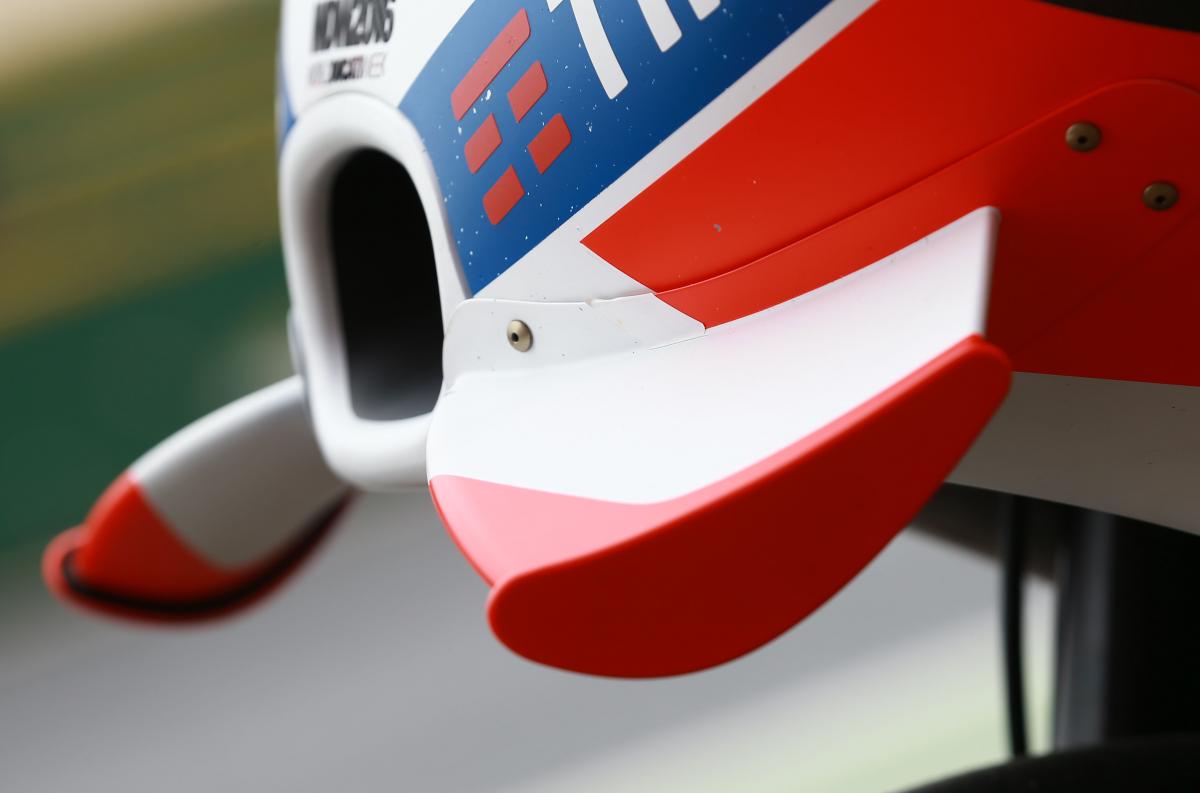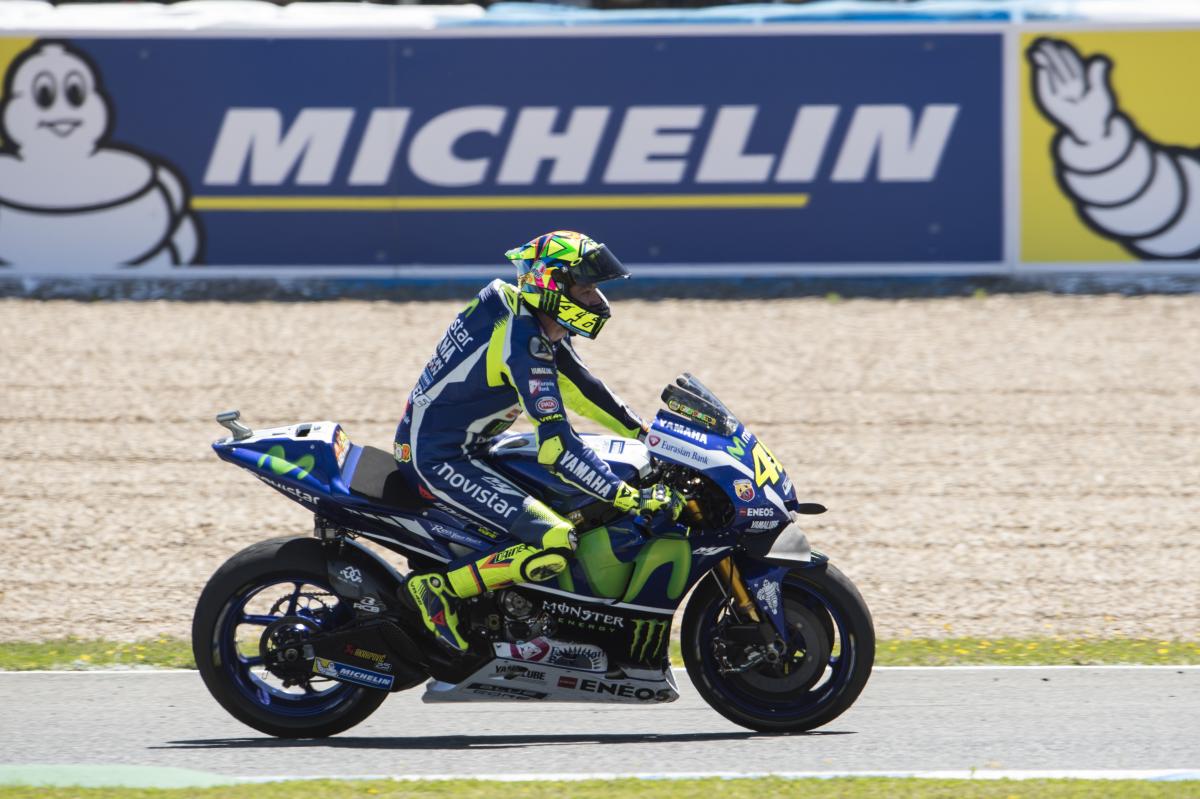MotoGP: Safety, cost to determine winglet future

Jerez was a strange weekend in the world of MotoGP winglets.
Just as Suzuki and Aprilia made it a clean sweep of all five manufacturers now using the technology, meetings were taking place to discuss killing-off the aerodynamic devices.
The main benefit of winglets is to counter wheelies by loading the front of the bike on corner exit. This helps acceleration by reducing the need to bring the front-wheel down by cutting engine output.
 |
| Ducati's Andrea Dovizioso at Jerez |
MotoGP's unwritten principle is not to ban new (legal) technology once it is already in use, since it would be unfair to the manufacturer that invested time, money and effort in creating and developing the concept. Especially in a 'prototype' class.
An example of this is seamless gearbox technology, first introduced by Honda and now present in some form throughout the grid.
The clear exception when evaluating the future of new MotoGP technology is safety, with ongoing development costs a longer term consideration. Especially once all manufacturers are using a particular technology and there is no longer a significant advantage to those that created it.
So what is the future for winglets - and will there even be one?
With questions raised over safety in the event of an accident, should the edge of a winglet strike a rider, plus reports of unsettling downstream turbulence, the MSMA (manufacturers' association) are due to submit a proposal outlining their vision for the future of the devices.
But exactly when that proposal will be made, and what it will contain depends on the manufacturers reaching an agreement.
That will be no easy task, with those at the forefront of winglet technology - Ducati and later Yamaha were the first to race the devices - are likely to view them far more favourably than the likes of Honda, Suzuki and Aprilia, which didn't have winglets until 2016 and are playing catch-up.
 |
| Aprilia (pictured) and Suzuki debuted winglets at the Spanish MotoGP |
In a written response to Crash.net and Motomatters.com, MotoGP Director Of Technology Corrado Cecchinelli said: "They [the manufacturers] didn't submit any proposal here at Jerez. We don't know what will happen before Le Mans. For sure the matter will be addressed again there, I am not sure it will be finalised, as it takes lots of considerations. There is no official commitment from MSMA to submit a proposal at Le Mans, anyway,"
Cecchinelli confirmed that, in his view, it would be unfair to immediately ban winglets unless the manufacturers conclude there is a safety risk.
"It is true that the winglets, as they are now, are allowed by the present regulations, and so it would not be fair to ban them with immediate application, if not on safety grounds," he said.
"There are of course different reasons in favour of winglets, as well as against them, but only safety shall be considered when it comes to the immediate/short period. I assume manufacturers are now investigating the actual safety issues that winglets may bring into the game, and potential solutions. But it takes some time."
 |
| Valentino Rossi celebrates victory at Jerez, with winglets on his Yamaha |
But even if the wings are deemed safe enough by the manufacturers, they could still be banned or at least restricted in the medium-to-long term on the grounds of cost.
"This is true: it is a costly development area (we don't know how much, but it's not free for sure), that gives an advantage to bigger spenders and to those who have wind tunnels handy," Cecchinelli said.
"On one hand it is a natural racing rule that money gives more winning chances, and there's nothing to do against it. But on the other hand we feel we should do our best to keep it within reasonable limits, and to at least limit the areas where money has the biggest performance return. So that spending fortunes would be less appealing, and make a smaller difference in the end.
"This, unlike safety, is one of the medium/long term aspects that shall be considered in general, and for winglets in particular. Of course this comes second to potential safety issues, but it is a point we raised, and there is an ongoing discussion, also including a medium/long term ban, or evolution limitations as a backup solution."
Earlier this season, the use of 'aerodynamic wings' was banned in the Moto2 and Moto3 classes. For Moto2 the ban was effective immediately, while in Moto3 - where Mahindra had already been trying the technology - the ban starts in 2017.
 |
| Marc Marquez with six wings on the front of his Honda at the Jerez post-race test |


